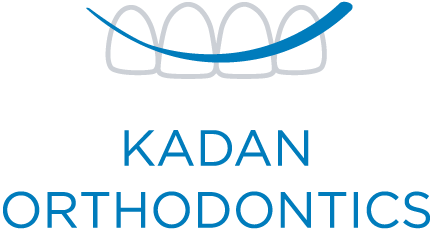At Sam Kadan Orthodontics, a leading orthodontic practice and the home of board-certified orthodontist Dr. Sam Kadan, we believe that many, if not most orthodontic problems, can wait to be corrected until after all of a child’s baby teeth have fallen out.
Nevertheless, there are some orthodontic problems that are best corrected when a patient is younger, for the optimal long-term results, which is where Phase 1 Ortho, also known as early treatment, generally occurs, namely when a child still has a mix of both primary and permanent teeth, usually starting between the ages of 7 and 10.
Phase 1 treatment typically ranges from 6 to 15 months in duration, and it is designed to address those orthodontic problems that are better corrected early, including severe crowding, eruption problems, open bite, deep bite, crossbite, large “overbite,” underbite, narrow jaws, harmful habits and severely protruding front teeth.
In these instances, the goal of early treatment is correcting the growth of a child’s jaw and certain structurally based bite problems, such as an underbite, which are preferably addressed sooner rather than later when correction can be more difficult.
Then, between Phase 1 and Phase 2 Ortho, your child will see board-certified orthodontist Dr. Sam Kadan for periodic check-ups to evaluate his or her jaw, and, in some instances, it could be that your child will benefit from wearing a retainer or a holding wire for a period of time to help maintain optimal teeth and jaw positioning.
While less than 10% of all children need both Phase 1 and Phase 2 orthodontic treatments, for those patients who do receive both phases, the benefits are truly tremendous and life-changing.







